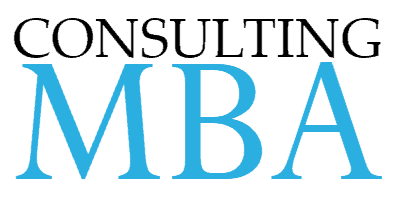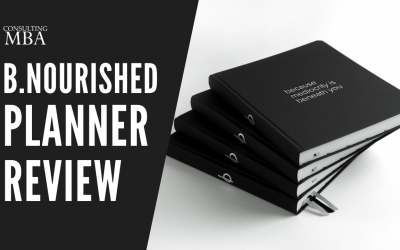Summary
Discounts are an iffy subject. “Never” is a better answer than “well you should always be ready to offer one!”. There’s a better way to think about and present discounts to clients.
Your approach to pricing has a major impact on *profits* of a consulting business. Be smart about how you approach pricing and discounts alike to make your business sustainable.
Transcript
Hey, David Bradley here. And I want to take a quick second to talk to you about offering discounts to clients in the only time that it is really acceptable to do that. And as a consultant, as a marketing service provider, an agency, you’re going to have clients that want to invest in your services, but maybe can’t quite justify the cost and the main root cause of that is the value typically. But with small businesses, sometimes there are realistic parameters they need to fit within. So typically the solution given, I’m not saying this is the, the right one is what we’ll say. Instead of offering four blog posts a month, we’ll only do two, and then we’ll reduce the price. That’s not a real discount. That’s adjusting the scope. That’s creating a new offer, but it isn’t a discount. A discount is reducing the fee on something that is existing while maintaining the existing offering.
The only time that you can do that is when you shift from this is going to be our fee. And this is the installment plan too. We have one price you pay upfront, but we offer this discount. So what I mean is that you might say, this is a three-month project and it’s going to be $15,000. But if you pay us upfront, you can pay us one time. We’ll take 10% off the entire fee. It’ll go down to 13,500, but you don’t, you only pay on day one. And that’s it. The difference there for you is that you have a confirmation that you’re getting all the payments at once. It helps with your cash flows. You have the full amount upfront and for them, they end up paying less in reality. So that’s where a discount can happen. If there’s a single payment, single installment, and it’s upfront, you don’t want to do this single installment at the end.
You don’t want to mix up when that happens, how that happens. But if you can do that, then you can offer any discount. Typically in the five to 10% range, I want to go over 10%. That’s too generous. And it’s going to eat away at your profits under 5%. Typically isn’t quite worthwhile. There are exceptions to that, but with typical marketing projects, you can do that. I always recommend retainers are on a quarterly basis. You could likewise do a discount if someone goes from a monthly to a quarterly retainer, but I think quarterly should be your standard. And if you go monthly, it should actually be a premium fee. But you can extend that in any way. If someone signs on for six months or a year and pays upfront, then maybe they get a discount on the overall rate. So consider something if you’re going to do discounts, that’s the only way. That’s the one way to do it.
Also from Consulting MBA
bnourished Planner Review
I’m a planning and organization nerd. New tools are exciting. New tools mean new learning of ways to be effective, adapting your own style, and growing overall. In this video, I’m breaking down the bnourished planner, which is a new and pretty impressive product.
Do Your Clients See You as a “Peer” or a “Peon”?
Perception is stronger than some like to admit. I challenge you to consider whether you see yourself as a peer or a peon to your clients. And, of course, how your clients see you.
This is pivotal. It isn’t any trick for landing clients or negotiating big deals. No secret marketing hack. The truth is: mindset has a stronger correlation with business performance than any other factor I’ve measured in myself and others.
Leasing Office Space vs. Work-From-Home as a Marketing Consultant
Where you work each day is an important decision. It’s a matter of dollars invested, productivity, professionalism, perception and positioning. It’s a highly personal decision.




